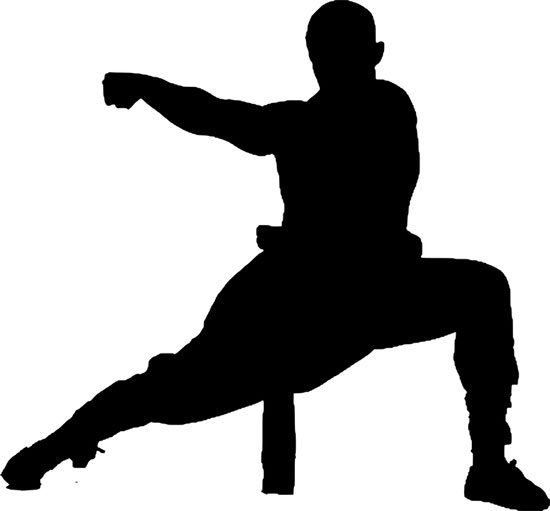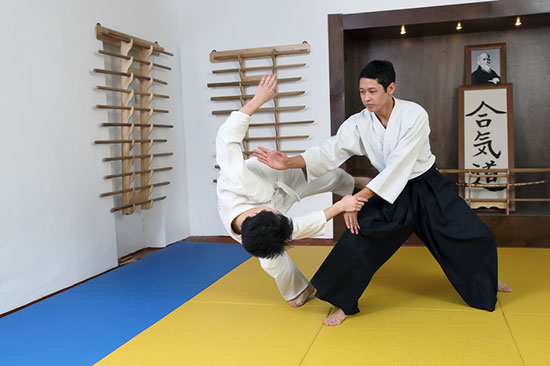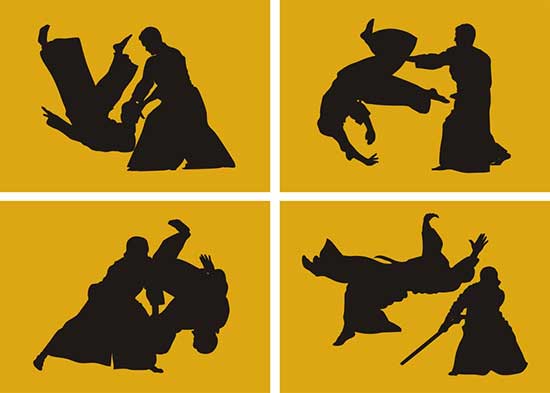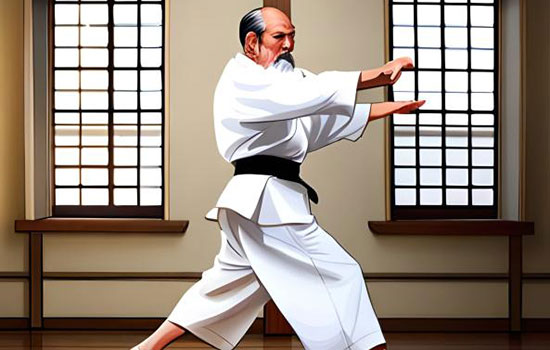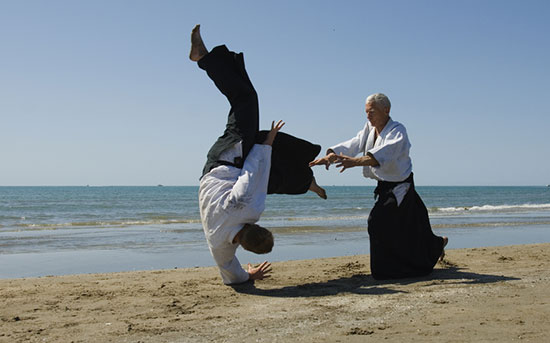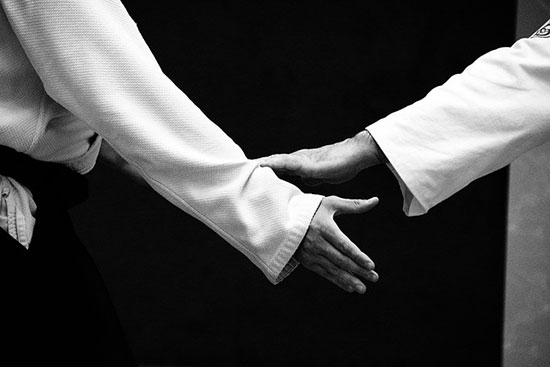Aikido is a modern Japanese martial art that focuses on redirecting the force of an opponent’s attack, rather than using force as a means of defense.
Practitioners of Aikido believe that the best way to overcome an attacker is to blend with their movements and redirect their energy.
To master the art of aikido, it is crucial to practice appropriate exercises that enable you to hone your skills. Such Aikido exercises, whether solo or in pairs, help in developing the body and mind’s harmony, strength, and agility, which are essential in this martial art.
Contents
Types of Aikido Exercises
Here are some of the Aikido exercises that you can practice:
Ukemi
Ukemi, which means to receive or accept technique; is a critical skill to mastering aikido. Ukemi refers to the art of falling safely without injuring yourself. It is a skill that involves reflexes, balance, and coordination.
The following are some of the ukemi exercises that are commonly used in aikido:
- Backward ukemi exercise: This exercise involves falling backwards from a standing position. Place your hands on the ground and roll backward, reaching for the ground with both hands.
- Forward ukemi exercise: This exercise involves falling forward from a standing position. Place your hands on the ground and tuck your chin into your chest before rolling forward.
- Rolling ukemi exercise: This exercise combines both the backward and forward ukemi. Start by doing the forward ukemi, then continue rolling backwards to finish with the backward ukemi.
Tai Sabaki
Tai Sabaki is a term used to refer to the art of body movements in aikido. It involves learning how to move your body in a circular or spiral motion to evade an attack. Tai Sabaki also helps in cultivating flexibility, coordination, and balance.
Here are some of the Tai Sabaki exercises in Aikido:
- Movement exercises: This exercise involves making small circular movements with your feet. Start by moving your left foot in a clockwise direction and then switch to your right foot, moving it in an anti-clockwise direction.
- Hand movements exercise: This exercise involves raising your left hand and bringing it down to your right hip while simultaneously bringing your right hand up to your left shoulder. Repeat the process for the opposite side. This movement helps develop hand-eye coordination.
Taninzugake Exercises
Taninzugake exercises involve training in aikido techniques with partners. It is a dynamic practice where the attacker and defender continuously switch roles, giving each other an opportunity to practice both the attacking and defending moves.
The following are some of the exercises included in Taninzugake:
- Multiple attack exercises: This exercise involves practicing with two attackers. The two attackers will aim to strike the defender, and the defender is to perform an Aikido technique to neutralize the attack.
- Blindfold technique: In this exercise, the defender wears a blindfold, and the attackers quietly move into the room to attack. The defender must use their senses to feel and deflect the attackers’ moves.
Developing Balance and Coordination
One of the most common exercises in Aikido is the practice of “kamae,” which involves taking a strong and balanced stance.
This exercise helps you develop a stable and grounded foundation, which is essential for maintaining your balance.
Improving Flexibility and Joint Health
Get ready to feel more limber and agile than ever before with some simple stretches and movements that will improve your flexibility and joint health.
Aikido exercises are designed to promote a full range of motion and increase flexibility. This is essential for maintaining joint health and reducing the risk of injury.
One of the most effective exercises for improving flexibility is the seated forward bend. This involves sitting on the floor with your legs extended in front of you and reaching forward to touch your toes.
Another great exercise is the hip opener, which involves sitting on the floor with your legs bent and feet together, then gently pressing your knees towards the floor.
Incorporating these exercises into your daily routine will help you to maintain flexibility and joint health, and can also help to reduce stress and tension in the body.
Benefits of Aikido Exercises
Regular practice of Aikido exercises offers a plethora of benefits that help practitioners build strength, flexibility, and coordination. Here are some of the advantages of Aikido exercises:
Physical Benefits
Aikido exercises offer numerous physical benefits, including:
- Improving Flexibility: Aikido involves various stretches and exercises that help to develop flexibility in practitioners.
- Strength and Endurance: Aikido exercises require practitioners to use their muscles and strength, increasing their muscle mass and endurance levels.
- Improved Balance: Aikido exercises involve movements that necessitate balance and coordination, promoting stability and control over your body.
Mental Benefits
Aikido exercises offer numerous mental benefits that impact the way practitioners approach life and the world. Some of the mental benefits of Aikido exercises include:
- Stress Reduction: Aikido exercises require practitioners to focus on their movements, promoting mental relaxation and reducing stress levels.
- An Increased Sense of Awareness: Practicing aikido exercises helps to develop an awareness of one’s surroundings, and this translates to daily life.
- Improved Focus: Aikido exercises require practitioners to maintain focus and concentration during practice, helping to promote improved focus in everyday activities
Tips on Practicing Aikido Exercises
If you’re looking to start practicing Aikido exercises, then the following tips can help:
- Find a reputable Aikido Dojo: To learn Aikido effectively, join a reputable Dojo where you’ll be trained by qualified instructors.
- Wear comfortable clothing: Wear comfortable clothing like sweatpants and a T-shirt, which allow your body to move freely.
- Practice regularly: It takes consistent practice to master Aikido. Devote at least 30 minutes to 1 hour every day to practice Aikido exercises.
- Be patient: Aikido is a martial art that requires time and patience to master. Don’t be discouraged if you can’t perfect a move on the first attempt.
Conclusion
Aikido is a fascinating martial art, and mastering Aikido exercises is critical to becoming proficient in this discipline.
The exercises provide practitioners with numerous benefits, including physical and mental gains that transcend Aikido practice.
Regular Aikido exercise practice can improve your strength, flexibility, and coordination and help develop an awareness of your surroundings.
So, find a reputable dojo, practice consistently, and be patient as you work towards mastering the art of Aikido.
